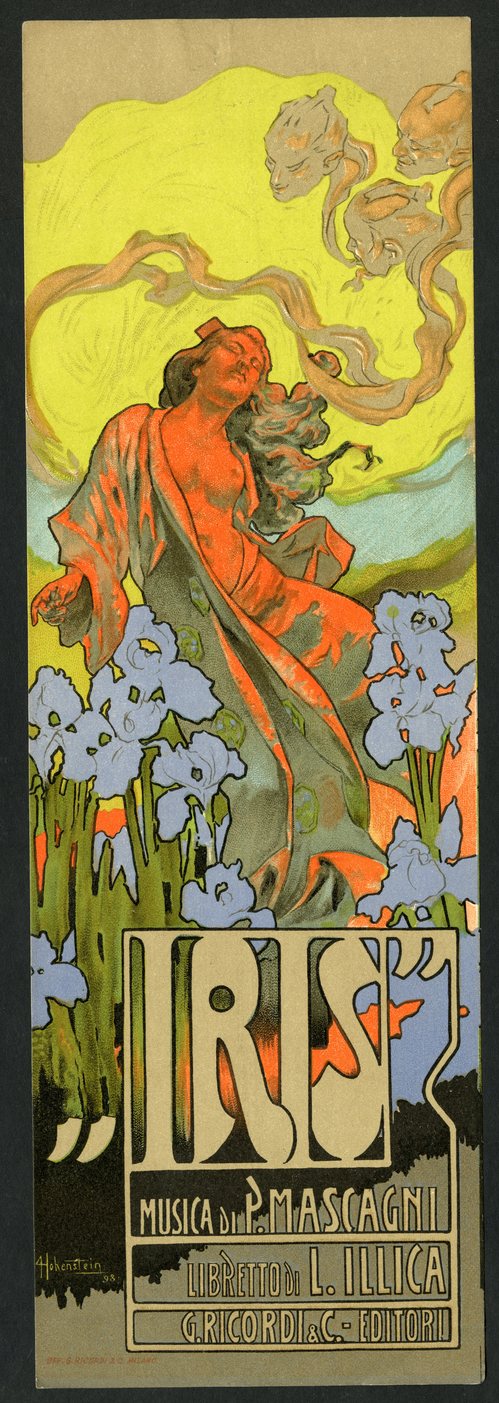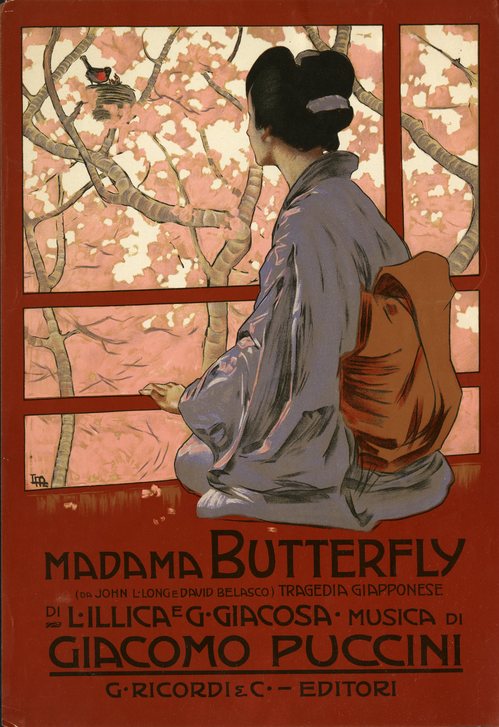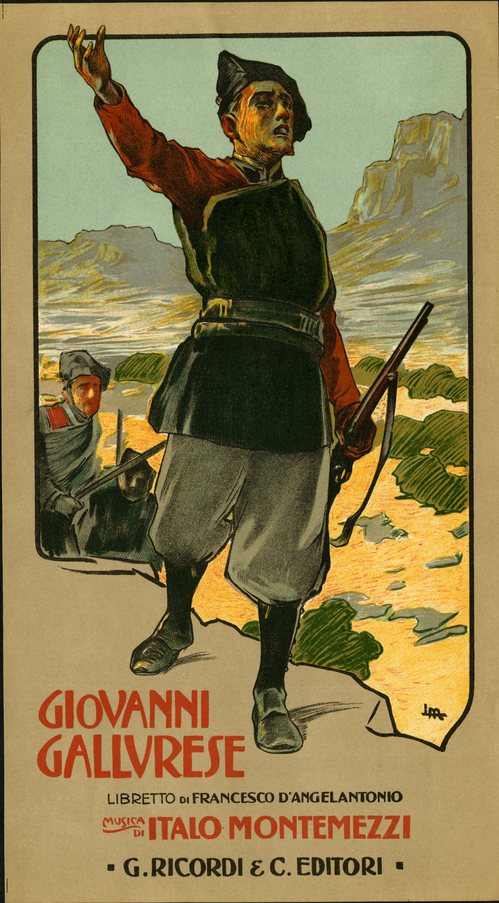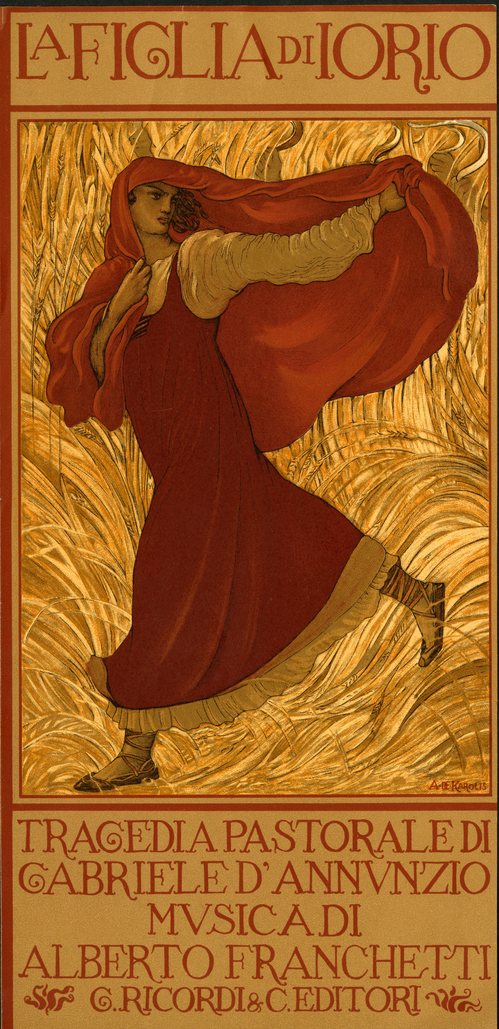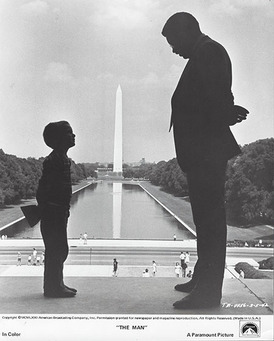Open the lid up
Paper in, now paper out
Light on, now light off
Switch up, switch up
Tell me what folder you’re on now
Zoom in, now zoom out
Type up, now type more
Print up, print up
Tell me what box you’re on now
“My first published book”
Although Irving Wallace published his first article at the age of 15 and had many articles and short stories published early in his career, his first book was not published until 1955 when he was a tender 39 years old. Interestingly, for an author who became known for his fiction novels, screen plays, and movie scripts, his first publication The Fabulous Originals was a nonfiction book.
It would seem that Mr. Wallace had the golden touch from the get-go as he was offered an impressive $1000.00 advance (for 1954 anyway) from Alfred A. Knopf. His book was well-received and sold some 12,000 copies in its first printings.
Reviewing his work for the purpose of donating his papers to the Claremont Colleges Library in 1978, Wallace noted, “I was on my way–and doing what I wanted to more than any other thing in life.” How satisfying it must be to look back on a prolific career of “best-selling” publications and still know that there is no other thing in the world you would rather have done or be doing–still.
As I continue to work through streamlining the Irving Wallace Papers, I learn more and more about a man who lived an exciting life of travel, research, and writing. A life I would love to have more than any other thing in life.
Cheers, Mr. Wallace!
Opera Advertisements- Part 2
Last week I promised for a solution for the
over-sized posters, and luckily we worked something out. The large posters that
are too big for even the map drawers will be folded either in half (or in
quarters based on how giant the poster is). The goal is basically to have as
few folds as possible. Then, we will make custom sleeves for each folded poster
out of Mylar, in order to help prevent any further damage and to keep pieces
which have ripped off together. Those sleeved posters will then go into a giant
file with all of the other over-sized posters from this collection, and placed safely in the map drawers. Sadly, because these posters are so large and fragile, there is really no way to safely scan them with the resources we have here at the library…. However I was able to take a photo of one of the larger and more delicate posters with my phone, which is the photo below. The poster is from around the turn of the century and advertises an opera titled, “Adriana Lecouvreur”.
Approval Pending
We regret to inform you, the five people that somehow bother to read any of this, that the publication of this post is delayed until our censor return. Due to the writer/employee/student/prankster’s extremely high level of immaturity, we have to review each submission carefully multiple times to weed out any potentially offensive language and innuendo hidden in various pop culture references and dank memes. As a token of our sincere apology, please click on this message and bask in the vast, white, empty space of nothingness right below the text. (Note: glue paste is provided at the physical location of the library.)
Scanning Experience
I have now scanned many different types of documents. The books are easier to scan than many other forms of documents. For example, thinner papers are difficult
to position. Once the scanner door is shut they tend to move around.
Normal
0
false
false
false
EN-US
X-NONE
X-NONE
/* Style Definitions */
table.MsoNormalTable
{mso-style-name:”Table Normal”;
mso-tstyle-rowband-size:0;
mso-tstyle-colband-size:0;
mso-style-noshow:yes;
mso-style-priority:99;
mso-style-parent:””;
mso-padding-alt:0in 5.4pt 0in 5.4pt;
mso-para-margin-top:0in;
mso-para-margin-right:0in;
mso-para-margin-bottom:10.0pt;
mso-para-margin-left:0in;
line-height:115%;
mso-pagination:widow-orphan;
font-size:11.0pt;
font-family:”Times New Roman”,”serif”;}
Telegrams and more letters….
Padlocks, keys and pipes…
What Does It Mean To Research a Novel?
While working with Irving Wallace’s files for his book titled The Miracle, I was quite impressed with the research that went into the novel. I wondered what exactly it meant for a national best-selling author to conduct research. Consider this: Wallace apparently became interested in the miracles reported in Lourdes, France in the early to mid- 1930s. He published an article in 1936 in The Modern Thinker on “Miracles of the Mind.” The article takes the Holy Cross Cemetery of Walden City, Massachusetts as its subject to consider the psychology of cures and he also makes mention of the Grotto at Lourdes and the idea of miraculous cures. In a sense, he was already keen to know the difference between “miracles” and “cures.”
Fast forward to the 1970s. Wallace once again takes up the idea of the miracles at Lourdes and begins reading all of the published works about it. He starts with Lourdes by Emile Zola, written in French in 1894. Wallace photocopies the two-volume English translation borrowed from a university library and begins to outline the work in order to create a summary or abstract. He then diligently types up 17 pages of single-spaced notes focused on the story of Bernadette and the miracles at Lourdes. Next, he does the same for Alan Neame’s The Happening at Lourdes–38 pages of notes; Robert Hugh Benson Lourdes–16 pages; D.J. West Eleven Lourdes Miracles–20 pages; Franz Werfel The Song of Bernadette–17 pages; J.H. Gregory (translator) Bernadette of Lourdes–14 pages; and finally Edith Saunders Lourdes–26 pages of typed, single-spaced notes.
Wallace’s notes list a page number and a summary of the important information in his own words. What he summarizes is very specific:
- Historical context–what was happening in the 1850s in and around Lourdes, France, when Bernadette first came to the Grotto? What was happening in the Catholic Church at the time? What was the political climate at the time?
- Key players–who was involved in the initial sighting of the Virgin Mary at the Grotto other than Bernadette? Who was Bernadette? What was her background, beliefs, upbringing, etc.? Who were the psychologists and doctors who examined her and others who have since claimed miraculous cures? What is the relationship between key players?
- Location–what other facilities throughout France claimed to offer miraculous cures? What influence did those places, such as the bathes at Eugenie, perhaps have on the belief in cures and the ensuing pilgrimage to Lourdes that continues to this day?
- Religion–how many of the miracles at Lourdes has the Catholic Church officially acknowledge? What distinction do they make between those they acknowledge as “miracles” and the thousands more that they call “cures”? What was the Pope’s response to the Lourdes miracles and how did the Pope use the miracles at Lourdes to strengthen Catholic faith (or did he)?
Other notes pertain to small sections of photocopied works, brochures, tourism pamphlets and information and so forth. Wallace takes note of an interview with Bernadette later in her life. He also obtains an English translation of an interview with Alessandro Maria Gottardi, Archbishop by Dr. Mangiapan of the Lourdes Medical Office. Wallace begins to distill his notes into smaller sections with notations reminding himself at what point in his novel he wants to bring in the information. Wallace begins to create a list of characters for his novel, some based on real people with extensive knowledge of their backgrounds and the roles they played at the time.
Finally–after much of the manuscript outline has been written, the characters developed, and a time-line set up–Wallace travels to Lourdes. There he walks the same path as Bernadette and takes notes on the look, feel, smell, and sounds of the city. He takes notes on the city’s layout (with maps), where and how buildings are situated in relation to the Grotto. Wallace collects post cards, slide souvenirs, pamphlets, and maps. Wallace hires a tour guide and writes about the young, pretty girl with low heels and bare legs who leads the tour, imagining in her another of his characters in the novel.
The research portion of this novel has taken nearly 10 years, from the mid-1970s to early 1983 when Wallace finally begins to write the novel. His inscription on the original manuscript states that he began writing it “on January 20, 1983, when I wrote the first five pages and finished Friday, May 20, 1983, when I wrote eighteen pages.”
And there it is: All the research that went into writing The Miracle, by Irving Wallace.
Opera Advertisements- Part 1
Hidden away in the last few unprocessed folders of the Seymour Collection hid some of the most beautiful opera advertisements this archivist has ever seen first-hand. The full-color advertisements range in size from a small 4×12 inch flyer to an enormous 77×40 inch poster. Archiving the flyers typically follows the same process as any other paper item, so long as there is no damage to the flyer. However, the large posters prove more difficult. Paper items should always be stored as flat as possible, but an item over 6 feet in length proves trickier. Archival drawers are often the solution for large items, however even those are only so big. Honestly, I am not totally sure what we are going to do with this giant poster yet. It is seriously massive, and to complicate matters further, it is also pretty fragile. Even an archival drawer would not provide enough space to lay the poster flat. Stay tuned next week….. hopefully we will have a solution then!
Until then though, enjoy these significantly more manageably-sized flyers for the operas: Iris, Madam Butterfly, Giovanni Gallvrese, and La Figlia Di Iorio.
The More Things Change, the More They Stay the Same
In the early 1960s, Irving Wallace began writing his novel The Man, which placed a black man as the President of the United States long before former President Obama even imagined himself in politics. The novel sold exceedingly well staying at the number one spot on the New York Times bestseller list for months on end.
Many interested parties, including Sammy Davis Jr., considered purchasing film rights to the novel. Ultimately Paramount Pictures made the motion picture starring James Earl Jones as “The Man” and several other stellar actors as his supporting cast.
How did Irving Wallace manage a convincing presidential character as his main protagonist? Well, nine weeks before John F. Kennedy was assassinated, Wallace was able to spend time in the White House working with Kennedy in order to research his novel. JFK was a major influence on Wallace while writing the novel, but so were other figures in history. The cover page Wallace wrote to one of his early manuscript drafts includes the following epithet:
One of the author’s prized possessions is an original autographed manuscript, written firmly with pen on cheap ruled paper, signed by a former Negro slave who became a great reformer, lecturer, writer, adviser to Abraham Lincoln, United States Minister to Haiti, and candidate for Vice-President of the United States on the Equal Rights Party in 1872. The manuscript reads as follows:
“In a composite Nation like ours, made up of almost every variety of the human family, there should be, as before the Law, no rich, no poor, no high, no low, no black, no white, but one country, one citizenship, equal rights and a common destiny for all.
“A Government that cannot or does not protect the humblest citizen in his right to life, Liberty and the pursuit of happiness, should be reformed or overthrown, without delay.
Frederick Douglass
“Washington D.C. Oct. 20. 1883”


